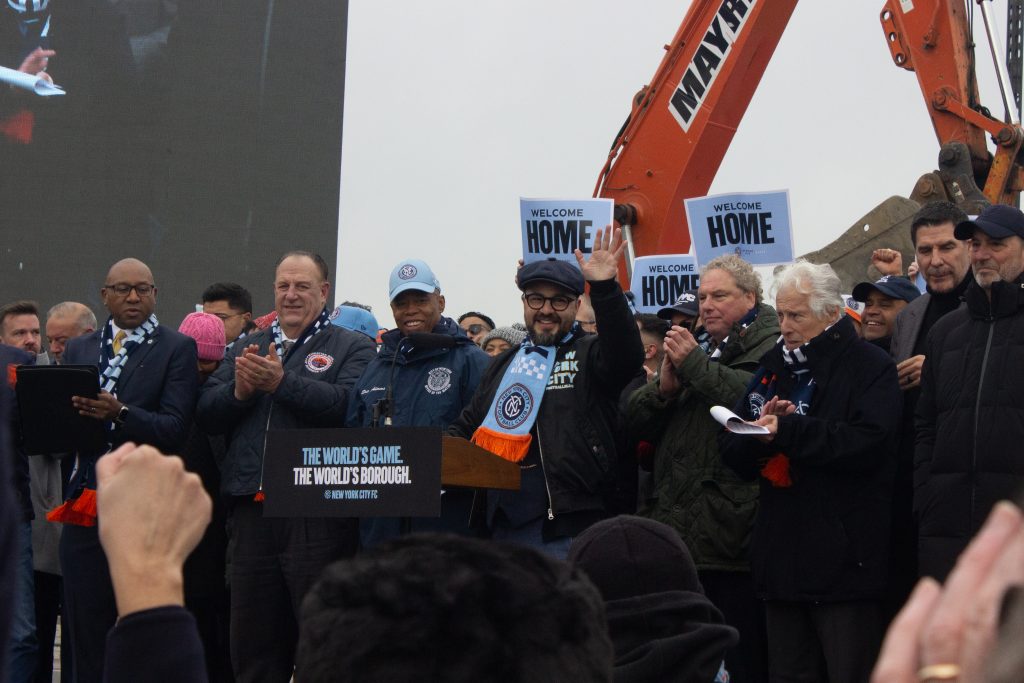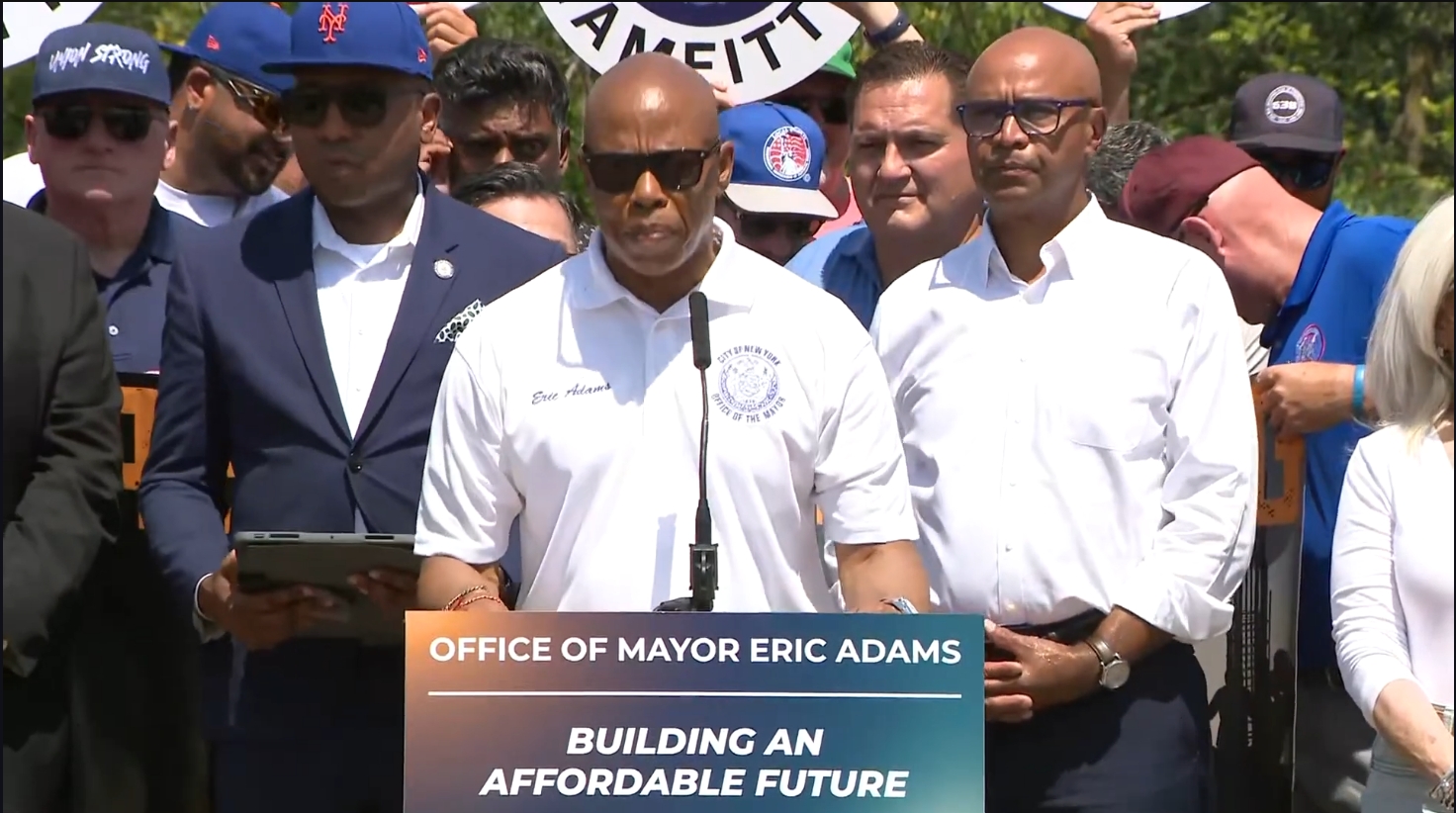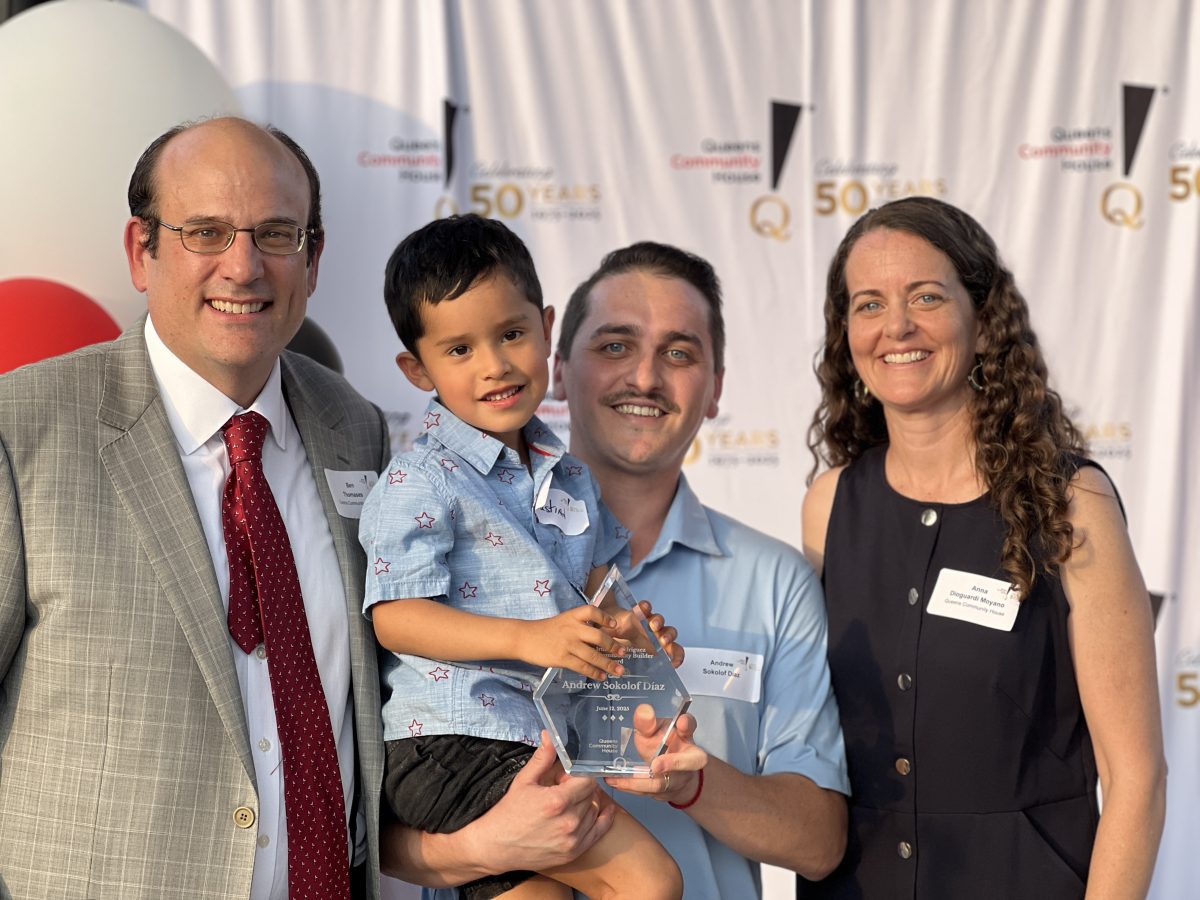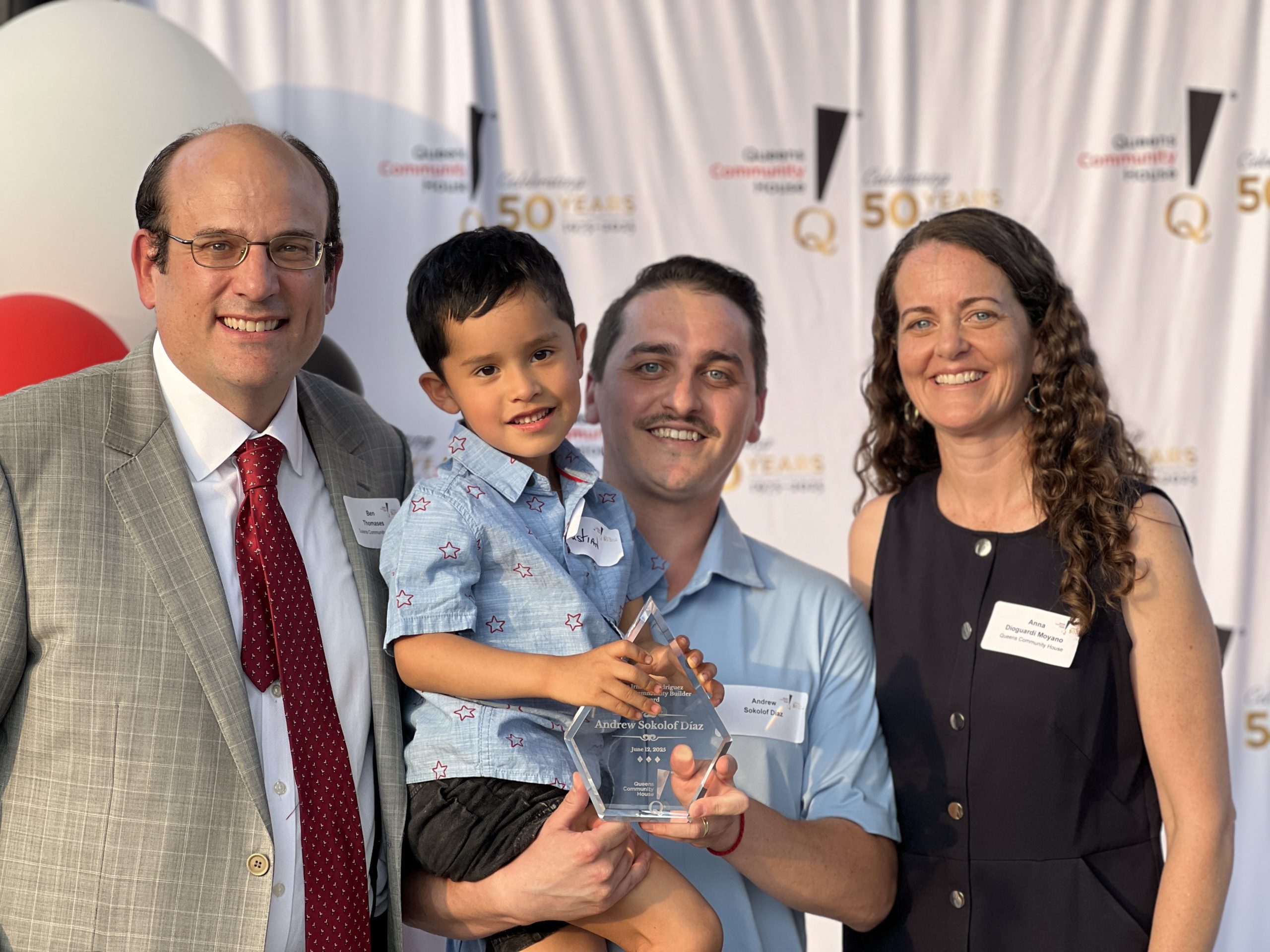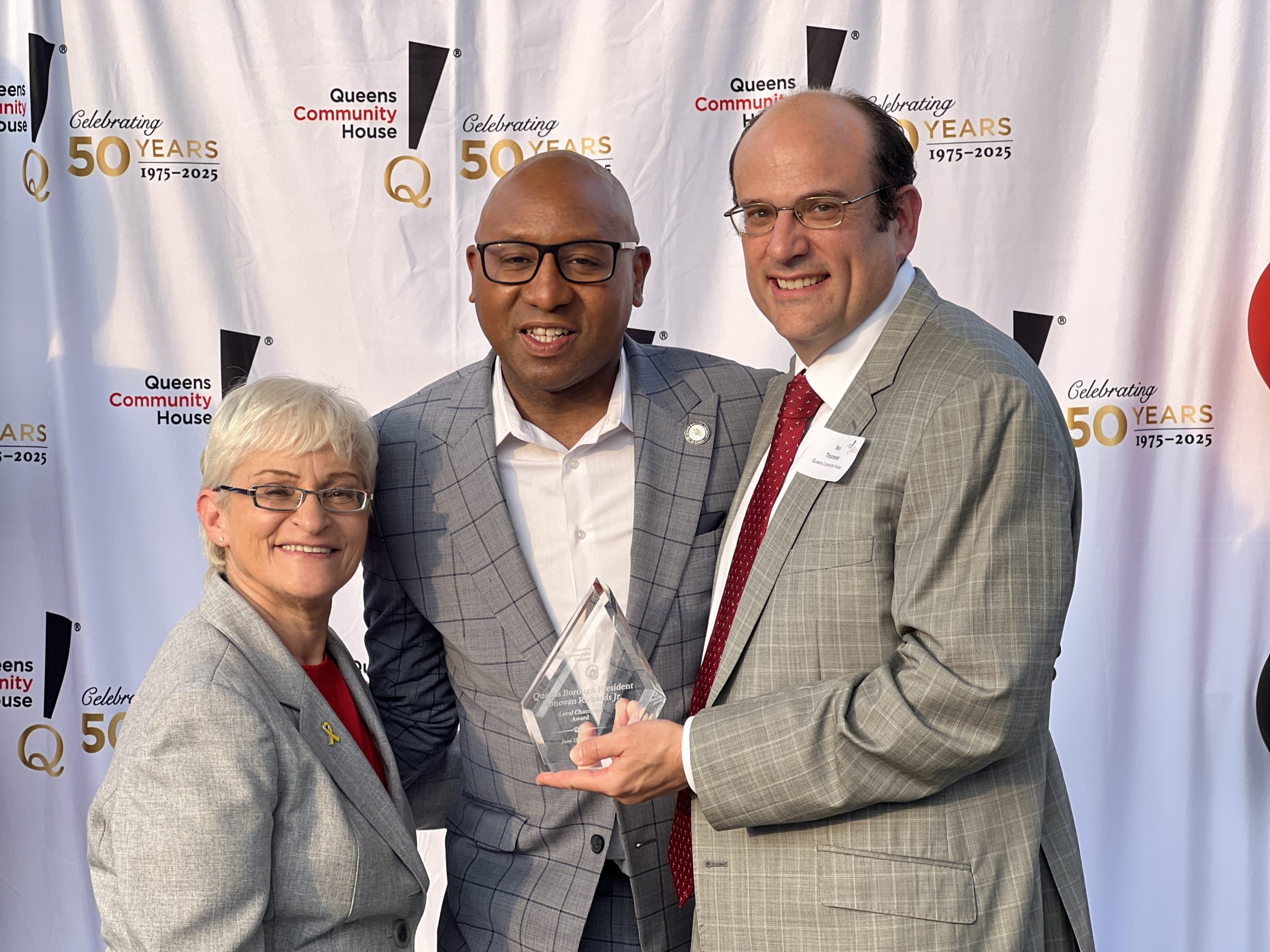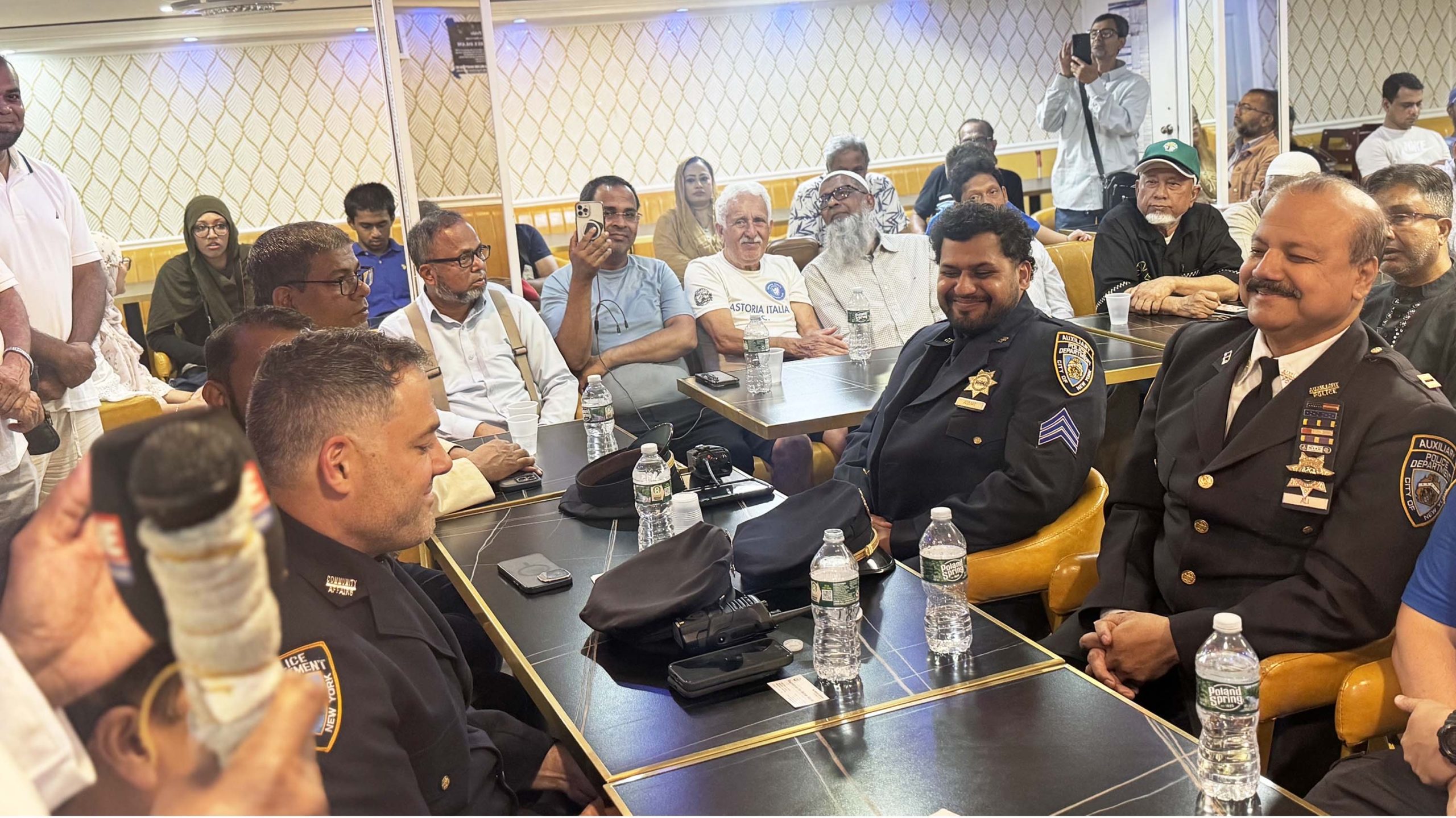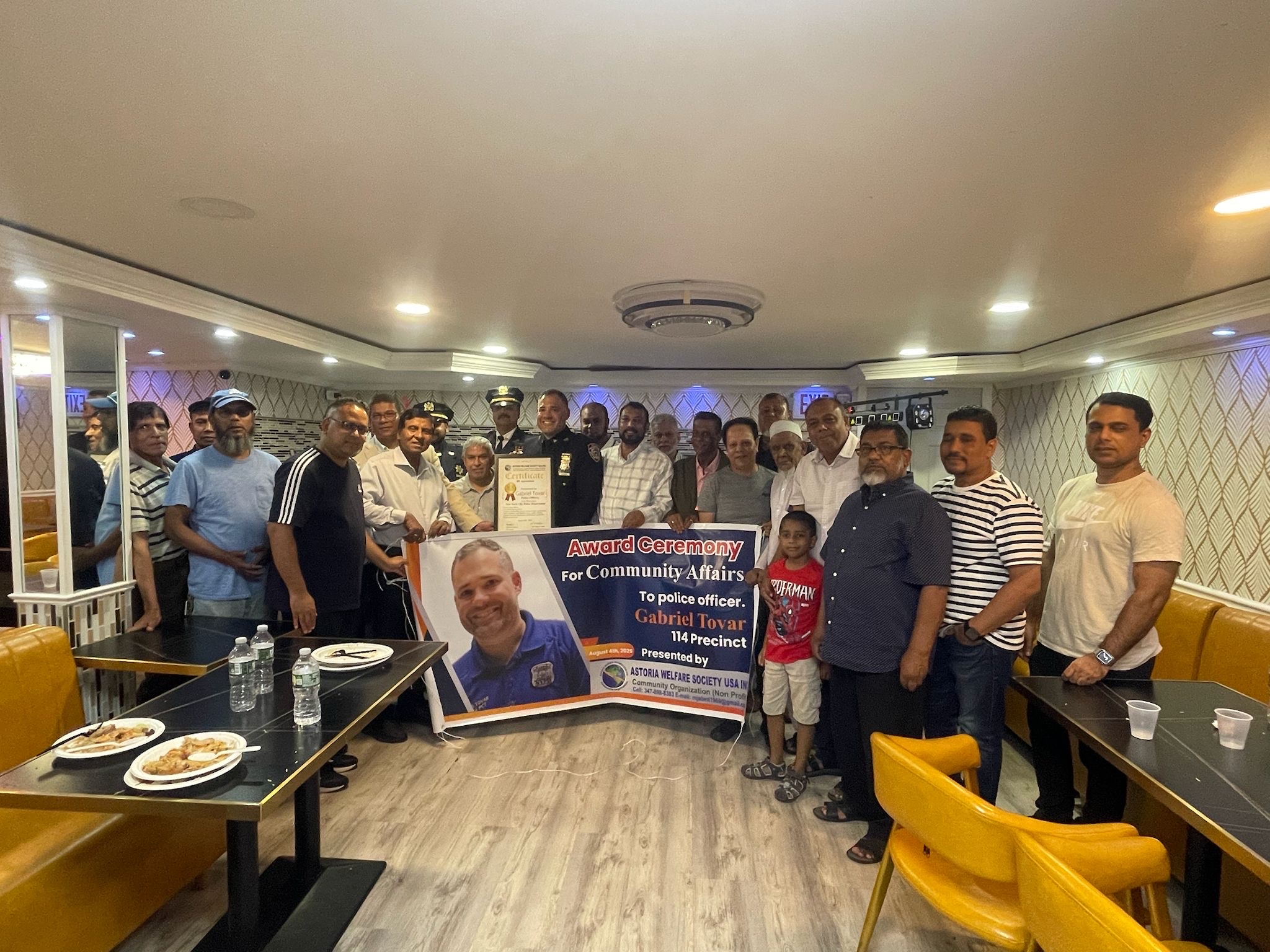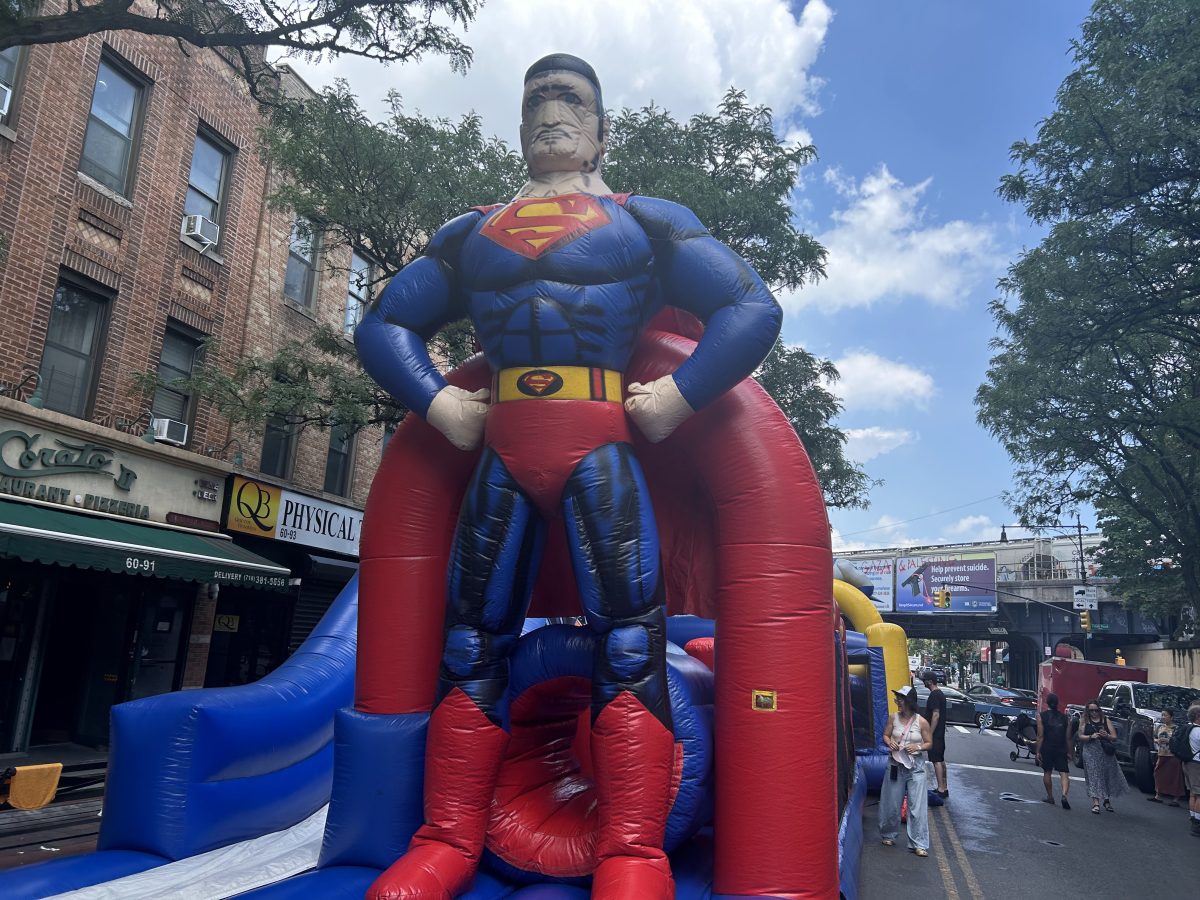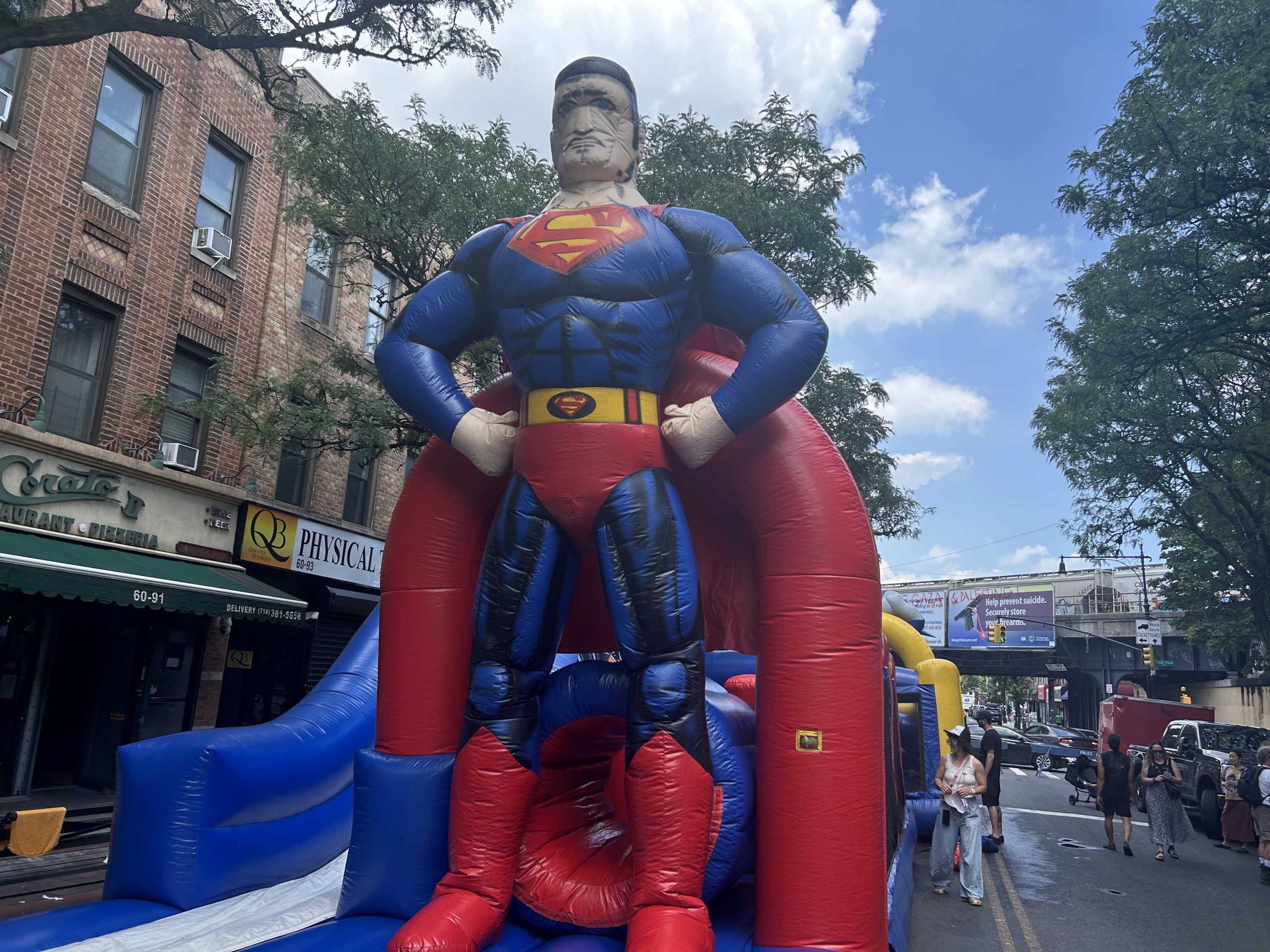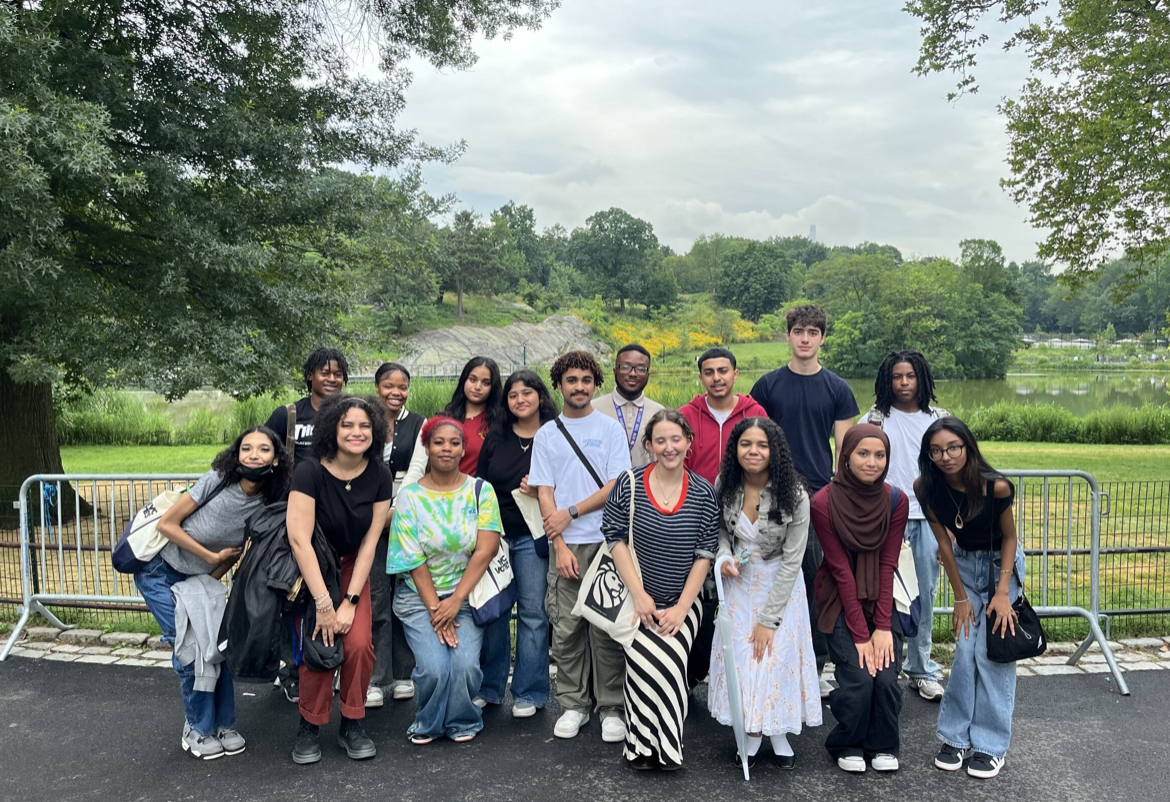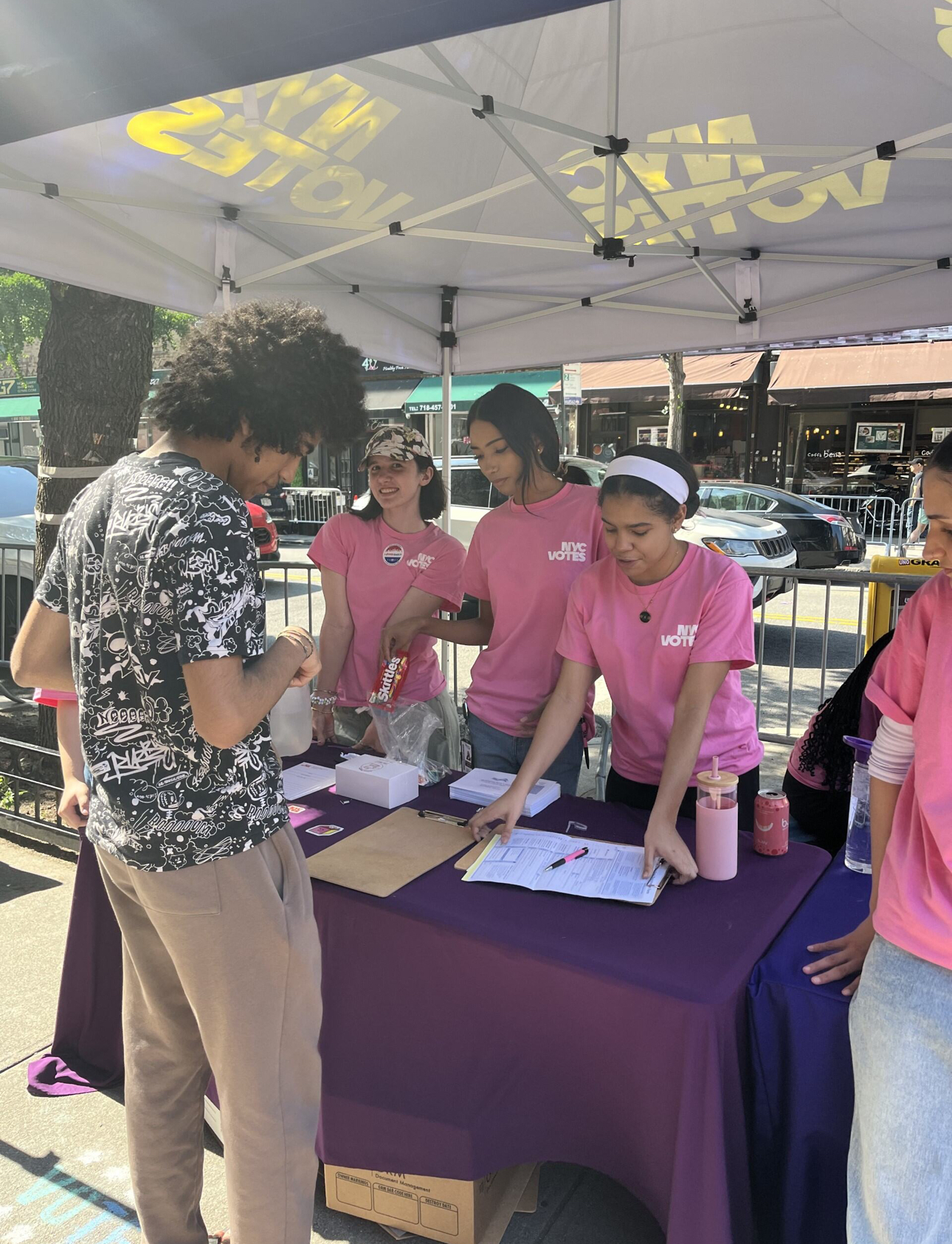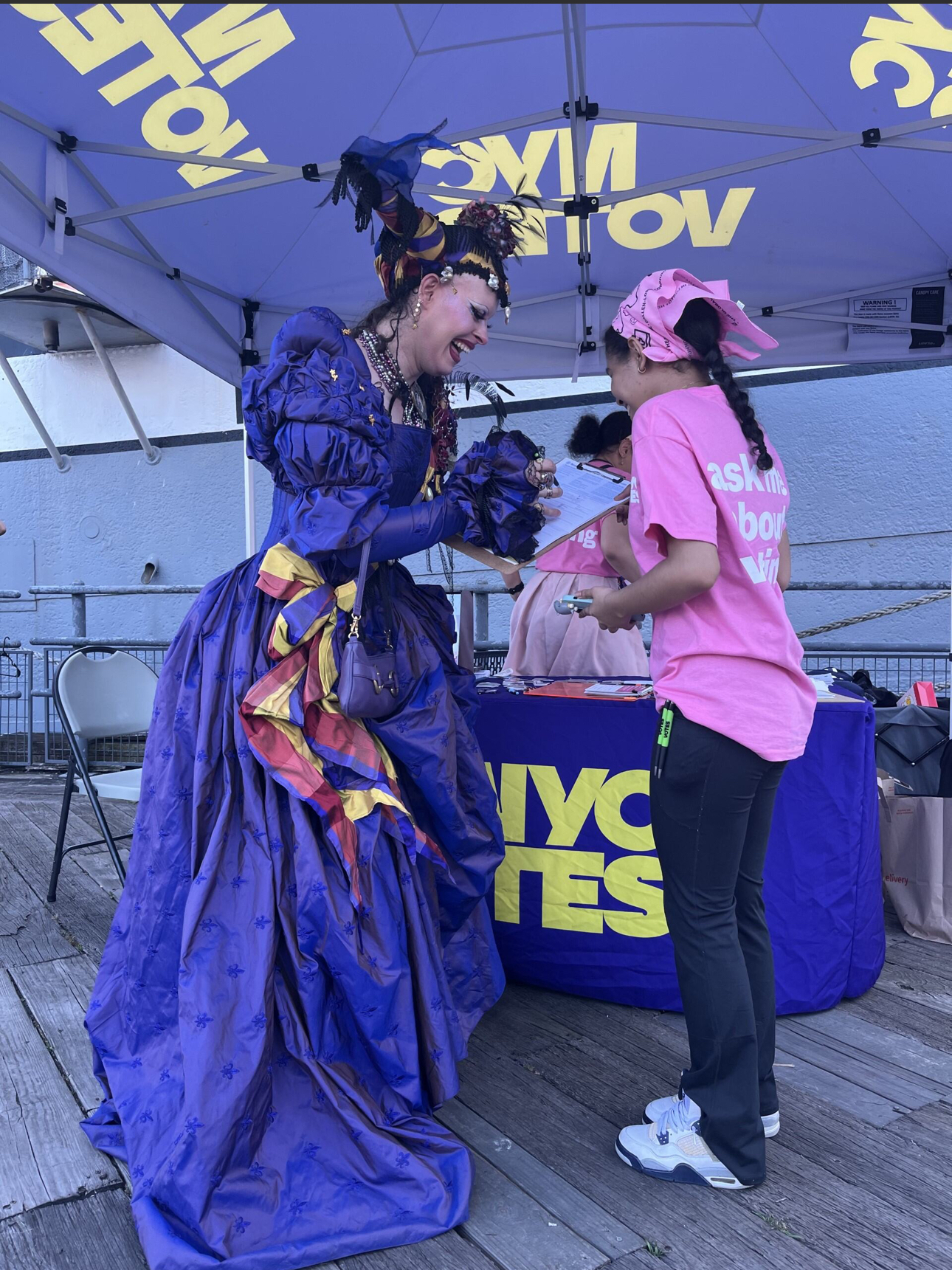The Key to Success is a Good Education
Robert Hornak
Robert Hornak is a veteran political consultant who has previously served as the Deputy Director of the Republican Assembly Leader’s NYC office and as Executive Director of the Queens Republican Party. He can be reached at rahornak@gmail. com and @roberthornak on X.
Ronald Reagan famously said that the best social program is a productive job. People don’t only support themselves and their families, but they develop a sense of selfworth by getting paid for their services. The best way to get a good job is to get a good education.
NYC currently spends over $41 billion running over 1800 schools at all levels, serving approximately 1.1 million students… and failing.
The city is failing to provide far too many of NYC’s children with a good – or even acceptable – education, dooming many to a life of poverty. At a cost of about $39,000 per student, 43.6% of students in grades 3-8 in Bronx traditional public schools passed the English Language Arts (ELA) exams according to a recent report.
Newsflash – it’s really hard to get a good job if don’t have basic language skills.
In contrast, NYC’s charter schools are doing much better with much less money. There are 99 charter schools in the Bronx, and those students achieved a passing rate of 68.6% in the same English Language arts exams for the same 3-8 grade cohort. These charter schools spend around $18,000 a year per student.
Overall, there are 285 charter schools in the city, with the vast majority located in Brooklyn, Manhattan, and the Bronx. They serve approximately 150,000 of the 1.1 million public school kids (charter schools are public schools, they just operate under different guidelines), or 15% of all kids in NYC public schools.
While the naysayers like to accuse these schools of cherrypicking the better students, the facts don’t support that. Many kids are admitted through an open lottery process, and 89.2% of the kids come from “economically disadvantaged” families. 11.1% are multilingual learners, 11.4% live in temporary housing, and 19.3% have Individual Education Plans (IEP’s) for special needs learning.
When you look at the numbers by race it’s even more shocking. City- wide, Black student proficiency for math is 34.3% for traditional school kids and 61.2% for charter kids. For ELA it’s 40.3% for traditional schools and 58.6% for charters.
Latino student proficiency for math is 35.7% for traditional schools and 60.5% for charters. For ELA proficiency is 39.4% for traditional schools and 55.2% for charters.
It’s the Black and Latino students who are suffering the most from NYC’s inability to provide a basic education to all its kids. Anyone looking for examples of institutional racism need look no further than the
government of the City of New York and its Department of Education.
The solution would seem simple; continue expanding charter schools to reach more children in the neighborhoods where they are most needed. Unfortunately, the cap has been reached, and no new charters are being issued for schools in NYC.
The teachers unions and many elected officials are opposed to increasing charter schools and in many cases are strongly opposed to them entirely. Zohran Mamdani, the leading candidate in the race for mayor, has expressed strong hostility to charter schools. Should he win, he will surely fight against any expansion or additional funding.
It’s obvious why the unions are opposed, most charter school teachers are not union members, aren’t bound by restrictive union rules – and don’t pay union dues. The union’s interest is in protecting their members, good or bad, and not in the quality of education that the children receive.
It’s harder to understand why elected officials, who largely represent the Black and Latino families that are being shortchanged by the traditional school system, would oppose solutions that work and offer hope to children growing up in poor, or economically disadvantaged communities.
But the results are clear and so should be the solution. NYC needs more charter schools. They offer a far better education for our kids and at a lesser cost. Every child deserves the chance to have a successful and fulfilling life that allows them to reach their full potential, support a family, and be a valuable part of society. Nothing less should be acceptable.




